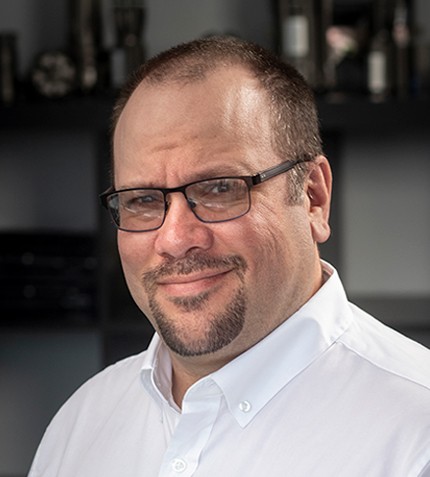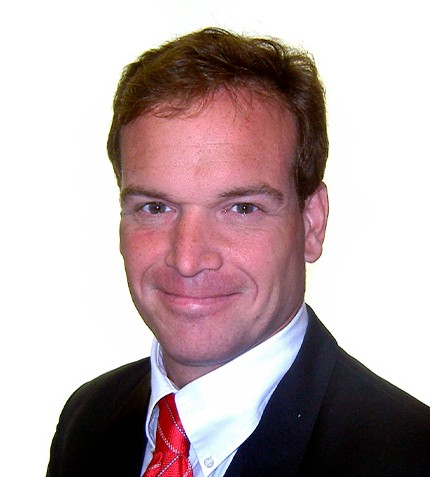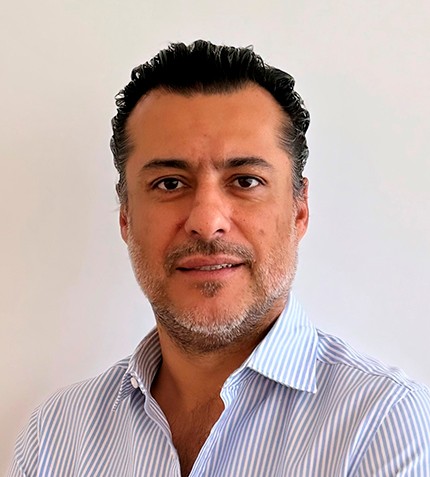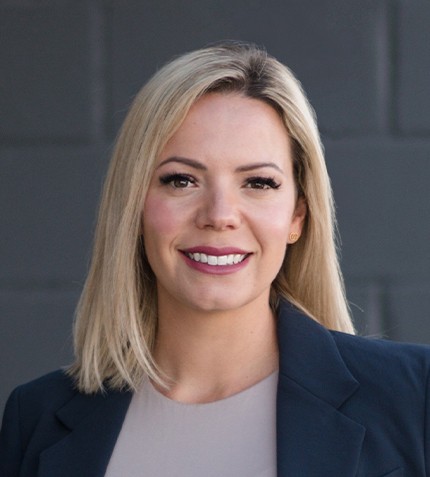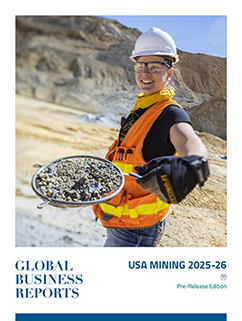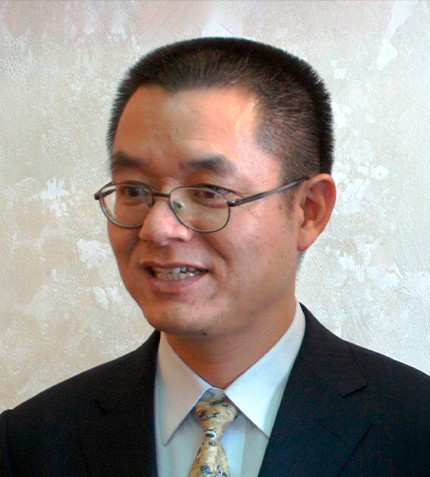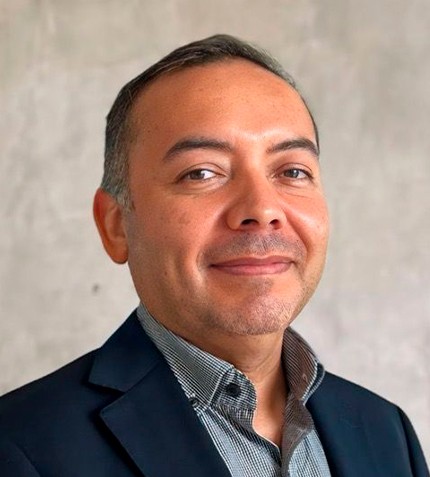
"Our Jameson concentrators can reduce emissions by 60%, which is highly beneficial for new greenfield projects or modifying brownfield projects."
Christian Pastén Cortés
LATIN AMERICA BUSINESS DEVELOPMENT MANAGER, GLENCORE TECHNOLOGY
How does Glencore Technology help mining clients optimize operations?
In Chile, Peru, and across Latin America, we are dealing with lower grade polymetallic ores. This means we need to process more material, especially through regrinding, to produce commercially viable concentrates. Copper concentrates that are considered marketable typically have a copper content of around 22-24%, depending on the contracts with the companies purchasing the copper ore concentrates. In the past, it was possible to achieve higher levels of 30-35%, but these days the grades have decreased. We now need to break down or disseminate the particles to be able to float and recover them effectively.
Glencore's technologies, specifically the Jameson Cell, have been instrumental in recovering fine and ultra-fine particles that conventional concentrators usually lose to tailings. At Collahuasi and Centinela, we can recover fine copper and molybdenum particles, improving the overall recovery rates. We are working on several projects to implement Jameson Cells and IsaMill to recover these particles, increase plant recoveries, and produce a final, marketable concentrate.
95% of the electrowinning facilities use Glencore Technology's permanent cathodes. We manufacture them in Calama. We are advancing with new permanent cathodes that are more energy efficient. We are applying these in two major greenfield projects in Chile and one in Argentina, reducing OpEx and CapEx by 40-50%.
How is the company helping the industry be more sustainable?
We are focused on globalizing new technological developments, particularly aimed at reducing CO2 emissions worldwide. We are aligned with the mining industry to help find better alternatives for reducing CO2 emissions. For example, our Jameson concentrators can reduce emissions by 60%, which is highly beneficial for new greenfield projects or modifying brownfield projects in mining.
How does Glencore Technology partake in the circular economy?
We developed our first ISACYCLE, part of our pyrometallurgy group. It is a project in Spain, the first furnace of its kind installed globally. This technology allows us to recirculate or recycle various disposable materials from computers, cell phones, and cars, extracting metals for reuse. The plant is scheduled to start operations in June 2025.
What is the role of technology in overcoming the copper shortage?
By showing investors that CapEx costs are no longer as high, we are helping advance projects. Modern greenfield plants can now be built with 50% of the traditional CapEx. You will soon see these new technologies in Argentina and Peru, developed by Glencore Technology. Our goal is to create more greenfield projects to meet the growing copper demand. We understand that large deposits are scarce, so we focus on optimizing smaller deposits.
The return on investment for concentrators over 20 years is tough for investors. It's better to shorten this to about 10 years, allowing investors to see quicker returns.
How does Glenore Technology promote diversity?
Glencore is a company with 160,000 employees globally, operating in all regions, including Latin America, North America, Europe, Africa, Asia, and Australia. Inclusion is also a core value for Glencore Technology, embedded in our DNA. We focus on promoting professional development based on their skills. At Glencore Technology, you can see people from Asia interacting with those from Africa, Latin America, and North America. We are very open and inclusive in this regard. We often refer to this as a "soup", bringing together people from different places, mixing them in a workspace, and letting diverse ideas emerge. This blend of cultures and perspectives leads to very innovative and valuable ideas.
What are the company’s goals?
Our future strategy is to keep establishing ourselves in Latin America as a provider of technological solutions for the mining industry. Our focus is on offering support, services, and technology development that aligns with market competencies. We aim to implement our technologies to maintain mining extractions and solve various mining issues at a lower cost.
In the next five years, we hope to expand across Latin America. We performed well in the past seven years and are already present in several Latin American countries. We are increasing our number of clients in Chile and Latin Americas as a whole. In Chile, where we currently have two technologies, we plan to introduce three or four more, establishing bases with major mining companies.




